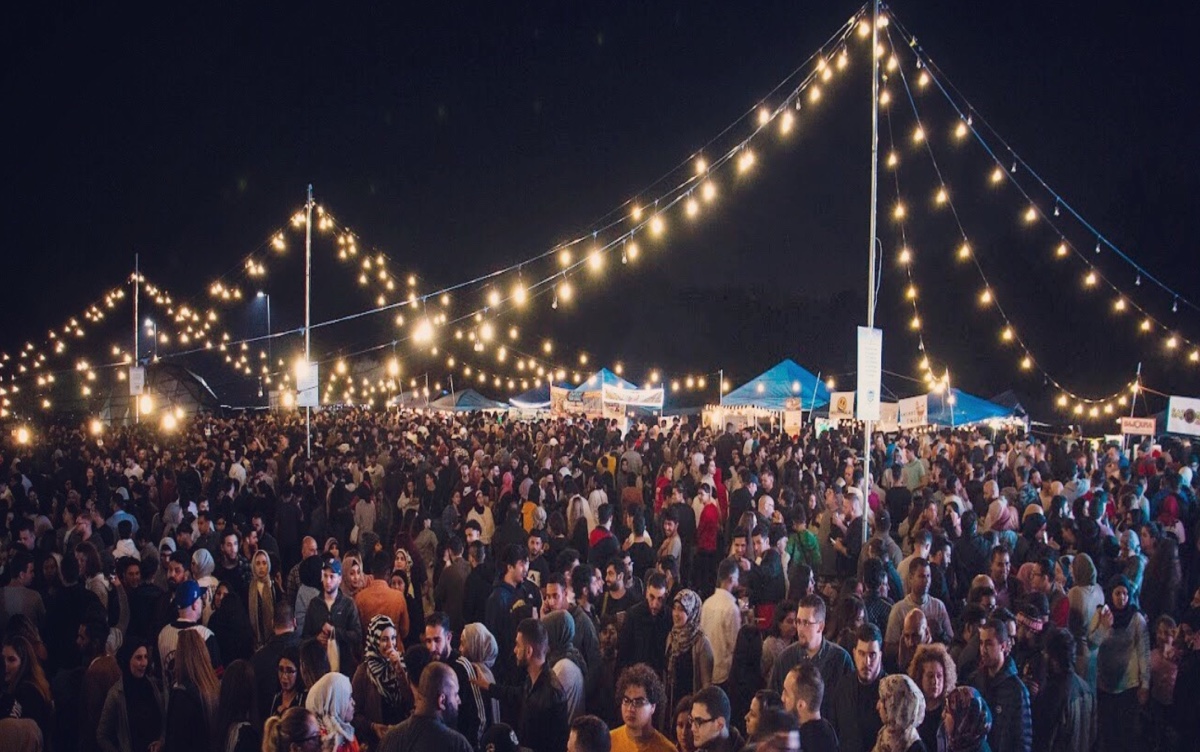Hologram
 HOLOGRAPHY is the process of recording a three-dimensional image of an object using the special properties of light from a LASER. Unlike photography, which only records the brightness and contrast of an object, a HOLOGRAM records brightness, contrast and DIMENSION. This allows holography to display the final image in true 3D.
HOLOGRAPHY is the process of recording a three-dimensional image of an object using the special properties of light from a LASER. Unlike photography, which only records the brightness and contrast of an object, a HOLOGRAM records brightness, contrast and DIMENSION. This allows holography to display the final image in true 3D.
You do not need any special glasses to view a hologram. Although the hologram is most famous for 3D images, holograms can also be of a 2D image as well. What both share in common is that they were created through the use of a LASER.
The first hologram was conceived of, and produced in 1948 by Dr. Dennis Gabor, a researcher at the Imperial College of London. For his theories and work, he received the Nobel Prize in physics in 1971. Gabor’s early holograms were created without the use of a laser, since the laser wasn’t invented until 1960. Therefore his holograms were only capable of showing the slightest amount of depth (about the thickness of a postage stamp). His light-producing instrument was a mercury-vapor lamp.
With the invention of the laser in 1960, researchers had the proper type of light to begin recording an object dimensionally. Emmett Leith and Juris Upatnieks in the United States (University of Michigan), along with Yuri Denisyuk in the former Soviet Union, all familiar with the work of Gabor, applied this special new light of the laser to produce the first practical holograms.
These early holograms required a laser to both record and view the image. It wasn’t long however, before new techniques allowed the hologram, although still requiring a laser to record, to be viewed with ordinary light (such as a light bulb). Also, many different types of holograms were developed, each with their own technique used to produce them.
The excitement of viewing a hologram is only exceeded by the thrill of actually making one. Today, in 2011, it is fairly easy to make small holograms using inexpensive and easy-to-find equipment. Students from elementary school to high school are making holograms. The expensive lasers of the past have been replaced by the inexpensive laser pointers of today.
Holograms are made in laser laboratories, but they are also made in homes and schools every day. There are a few important things that need to be done before you can make a hologram, but none of those things are very hard to do. To give one example, a hologram must be made in a very quiet and darkened room. That’s not too difficult, right? We can’t give the full directions to make a hologram here, but we can say that simple holograms are made using a laser, a lens, and a recording medium, such as a light-sensitive film or glass plate.
13-37














2011
1,216 views
views
0
comments